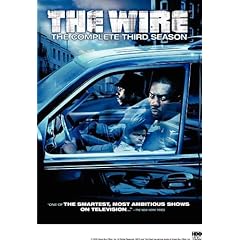What many thought was the result of crack or cocaine (the war on drugs being a big rhetoric piece) was truly just the early signs of cerebral palcy.
Baby Julius never had a chance.
Born cocaine-positive to a mother who'd already lost custody of two other children, he began his life shuttling among foster homes. His irresistible smile won hearts, but his inconsolable cries proved overwhelming.
In the mid-1980s, they had a name for infants like him.
"Crack baby."
The phenomenon was full-blown when Julius arrived on May 9, 1989. Images of scrawny, wailing babies born to drug-addicted moms saturated the media, complete with their subtext of hopelessness: While a crack epidemic rotted the core of inner-city America, a legion of women - most of them black and poor - churned out a lost generation.
A torrent of public rhetoric proclaimed that prenatal cocaine exposure had doomed these children to become a "bio-underclass" - intellectually damaged, oblivious to affection and unable to discern right from wrong.
If they were America's lost innocents, then their mothers were cast as something worse. In some states, prosecutors sought to label them criminals. At the very least, they loomed as parents unfit to keep their children.
..........
The words spill out slowly, but he plows through the passage without a mistake. A diagnosis of cerebral palsy - a condition never linked to his mother's prenatal cocaine abuse - accounts for his languid diction and deficiencies in fine motor skills.
I figure that Dylan will appreciate this news as autism studies seems to be one of his new passions. And now while Dylan drinks all the mercury he believes he can handle he can also feel free to go after that crack without worries. All of this is assuming he was not one of those people wearing a "No More Crack Babies" t-shirt during his middle school days. I'm certain he was not that deficient in fashion sense.
Source: Kevin Simpson, The Denver Post March 6, 2005 Sunday, A SECTION; Pg. A-01.


